Bringing Local Character to High-Volume Restaurant Groups
5 Min Read By Megan Freckelton
Repeat concept restaurants are frequently the scorned underbellies of the interior design world. After all, a “chain” means cookie-cutter, uninspired and uniform food, composition and service, at least in the minds of many critics.
However, there are a few exceptions to the high-volume, multi-location restaurant stereotype in which personalities shine through, local culture is inherent and culinary prowess rules, proving that restaurateurs can be successful in launching multiple locations while retaining the core of an independent restaurant spirit.
Restaurateur Robert Thompson is the founder of the national “eatertainment” concept, Punch Bowl Social, which has eight locations nationwide and will open several more this year and next. While adhering to a set of brand rules that ensure each Punch Bowl Social has common elements and consistently delivers the same high-spirited experience, the concept still delivers unique, local personality at each location. At its essence, Punch Bowl Social has mastered the perfect balance of brand consistency and authentic local character, dramatically breaking the mold of what a repeat concept can be.
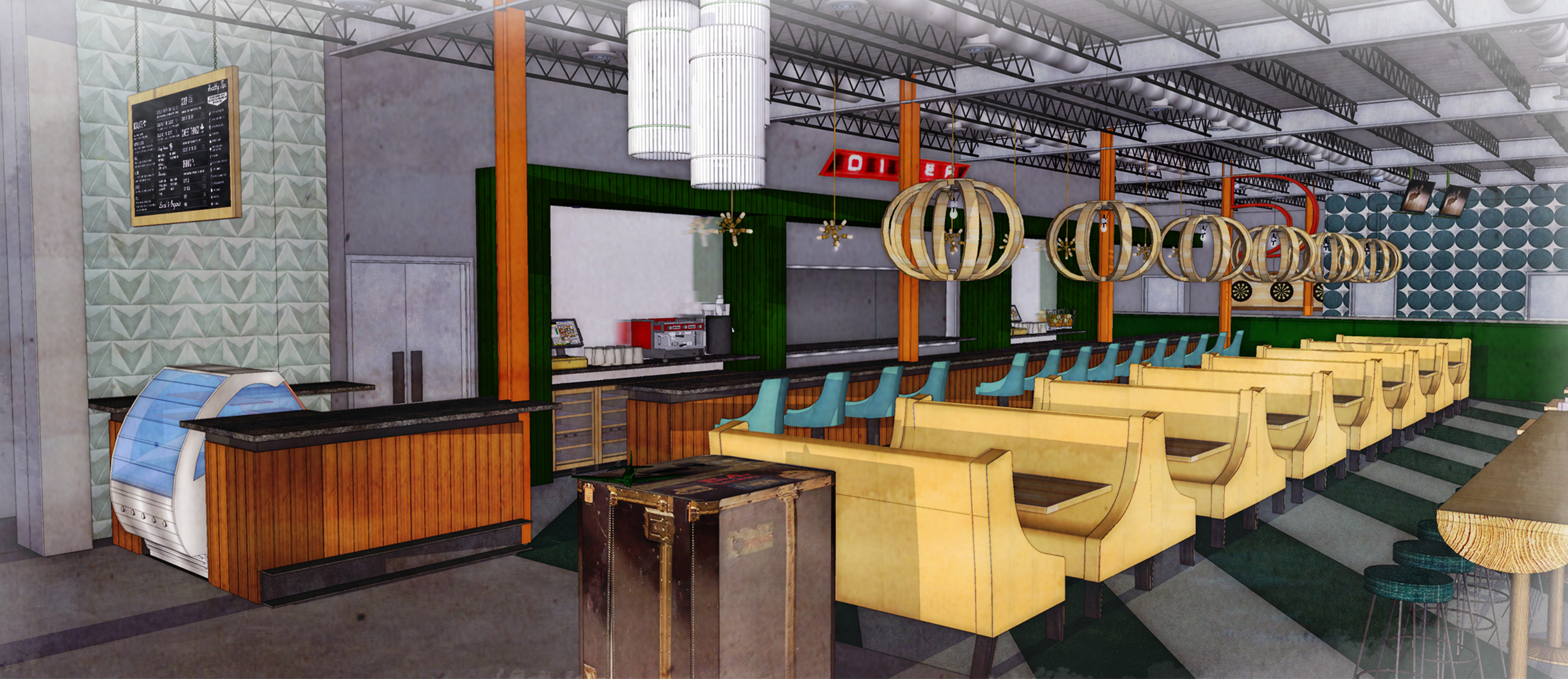
How is it possible to create a unique, yet repeated brand in locations all over the U.S.?
The secret recipe is mixing three essential pieces: brand, local understanding and mutual trust.
Unrelenting Adherence to the Brand
A critical practice in developing a unique and solid brand is to identify the signature elements of it — not simply what’s hot or trending at the time, but what makes this restaurant concept its own. These program elements help guide how each location is designed, laying the foundation for every subsequent build.
For Punch Bowl Social, that lens consists of the vision Thompson has held since the concept was first invented: high-quality gastro-diner food menu, craft cocktails and old-school games. These are the main components of the concept, and they each align with Thompson’s creative vision, no matter the location.
These elements form the skeleton of what each location requires, but there is much more to the brand than some games and a bar. There are intangibles that create the ultimate experience: the flow, the lighting, the volume of space, the memorable design details.
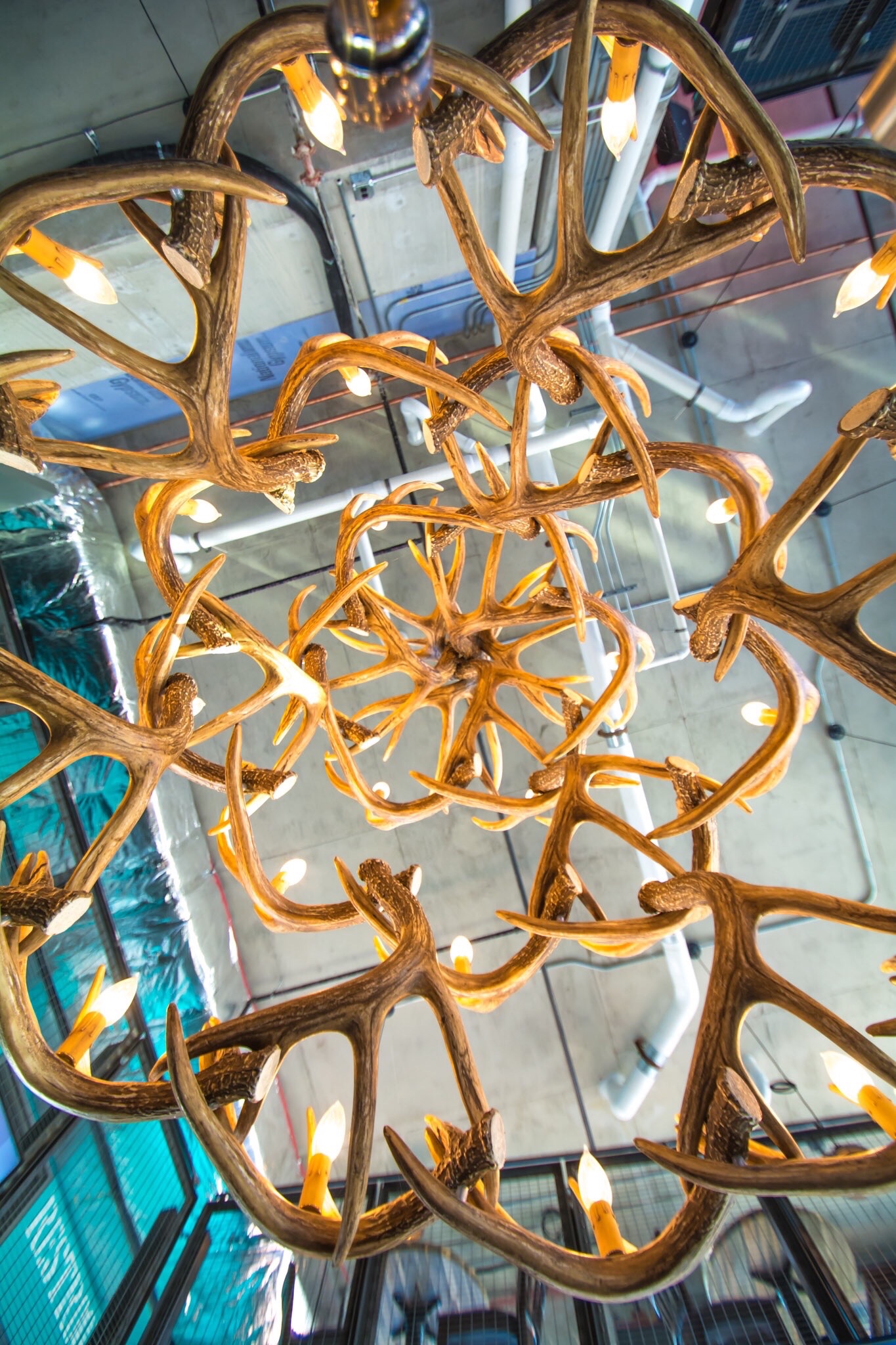
Additionally there is a complete brand identity that has been fully defined and needs to be integrated into every inch of the space, from the brand persona (in this case Daniel the Deer), to the staff uniforms, mugs and menus. These visual and experiential cues are as crucial to the restaurant as the menu, and where restaurant designers need to focus their efforts. Thompson and his design team have cultivated a brand personality that is visionary, detailed and authentic down to every last detail. This meticulous attention to the brand started well before the first location opened, and continues to drive every decision made about each new location.
For Punch Bowl Social, the design filters, or “buoys,” which inform each design decision are mid-century modern, Victorian, industrial and abandoned mountain lodge. These buoys are expressed consistently, but differently in each Punch Bowl Social so that the brand is common, but the atmosphere is unexpected.
For example, each Punch Bowl Social has a Holiday Lodge facet indicative of the core brand buoy of “abandoned mountain lodge.” The stag is a consistent design piece in each location, but how it’s expressed is unique. In one it may be an enormous faux elk horn chandelier, in another it may be a carved faux white stag head over an original Victorian fireplace, and in another location it could be a smaller stylized lighting piece set over the main bar.
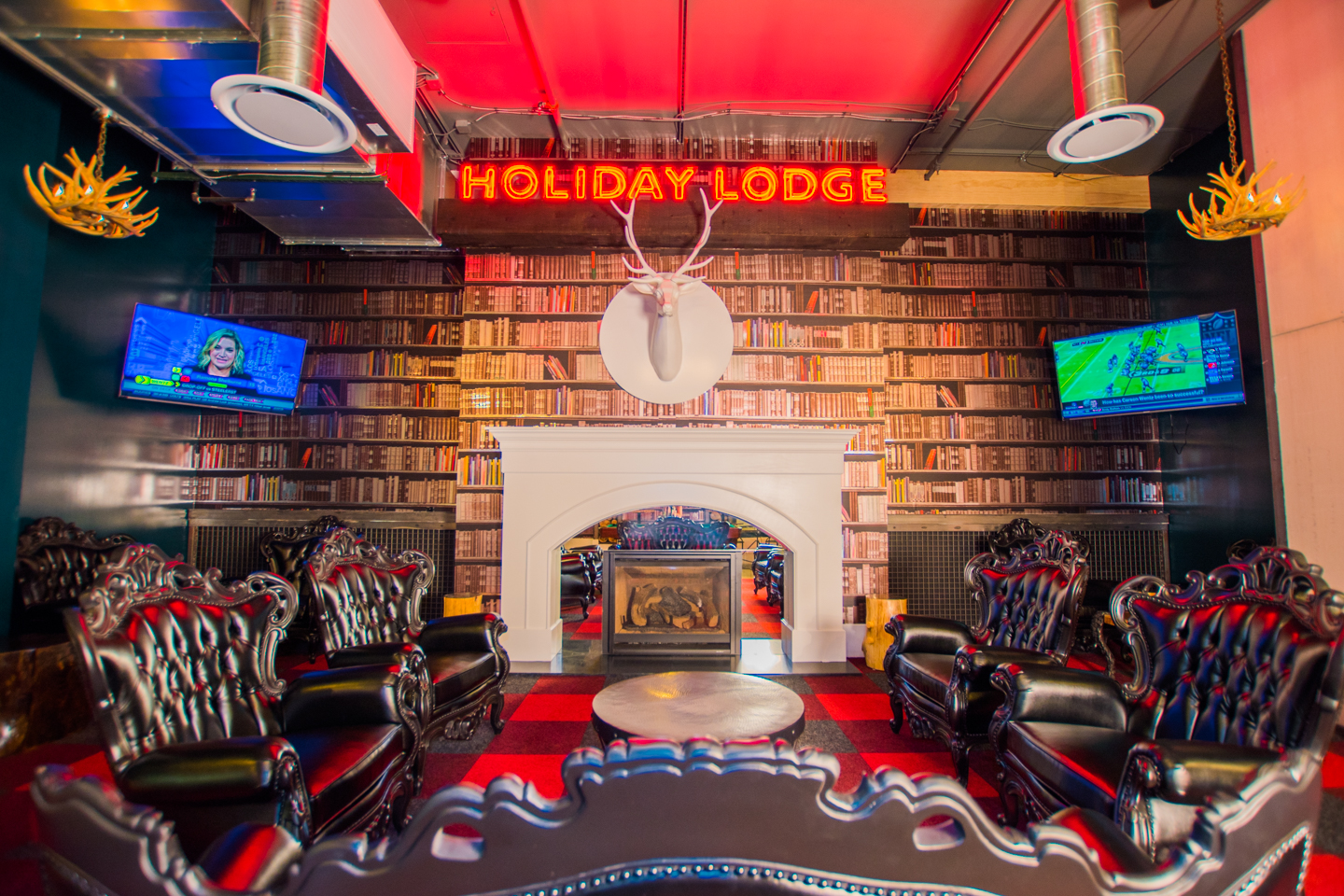
The design team’s challenge is always to rethink and deconstruct these core brand elements to express them differently each time, but do so intentionally. Every piece of furniture, each light fixture, every material decision and wall covering is challenged against the adherence to the core brand buoys. Restaurant designers need to ask themselves, “Is this piece essential to express the brand, and which brand element does it reflect?” Without a clear understanding of those answers, the piece doesn’t go in the restaurant, no matter how small or large.
This is no small effort, because designing core concepts multiple times can quickly become rote or downright tacky without the right inspiration. That’s where Punch Bowl Social’s well-evolved and hyper-detailed brand is again called to be the muse. In this case, it’s the brand element of celebrating the local history and culture.
Charrette at Each Site
Punch Bowl Social designs each location to incorporate unexpected and well-researched local character. In many cases this begins with an historic building in an older neighborhood, in which the majority of Punch Bowl Socials are built. Site visits by the design team are crucial opportunities for discovery and discussion of what the local history is and allow an immersive, deep-dive into the location. With each location, the team has a charrette, which is a combination of site research and review, laying out the plan and creatively brainstorming and is crucial to ensuring that a repeat concept does not become a template but instead is unique unto itself.
Understanding each location’s uniqueness begins with neighborhood influences: the character, the existing restaurants, the overall vibe of the area, and, of course, the people who live there. Restaurants thrive when they are designed to attract the locals and the space feels like home, so knowing what that means in each particular neighborhood is crucial to a successful charrette.
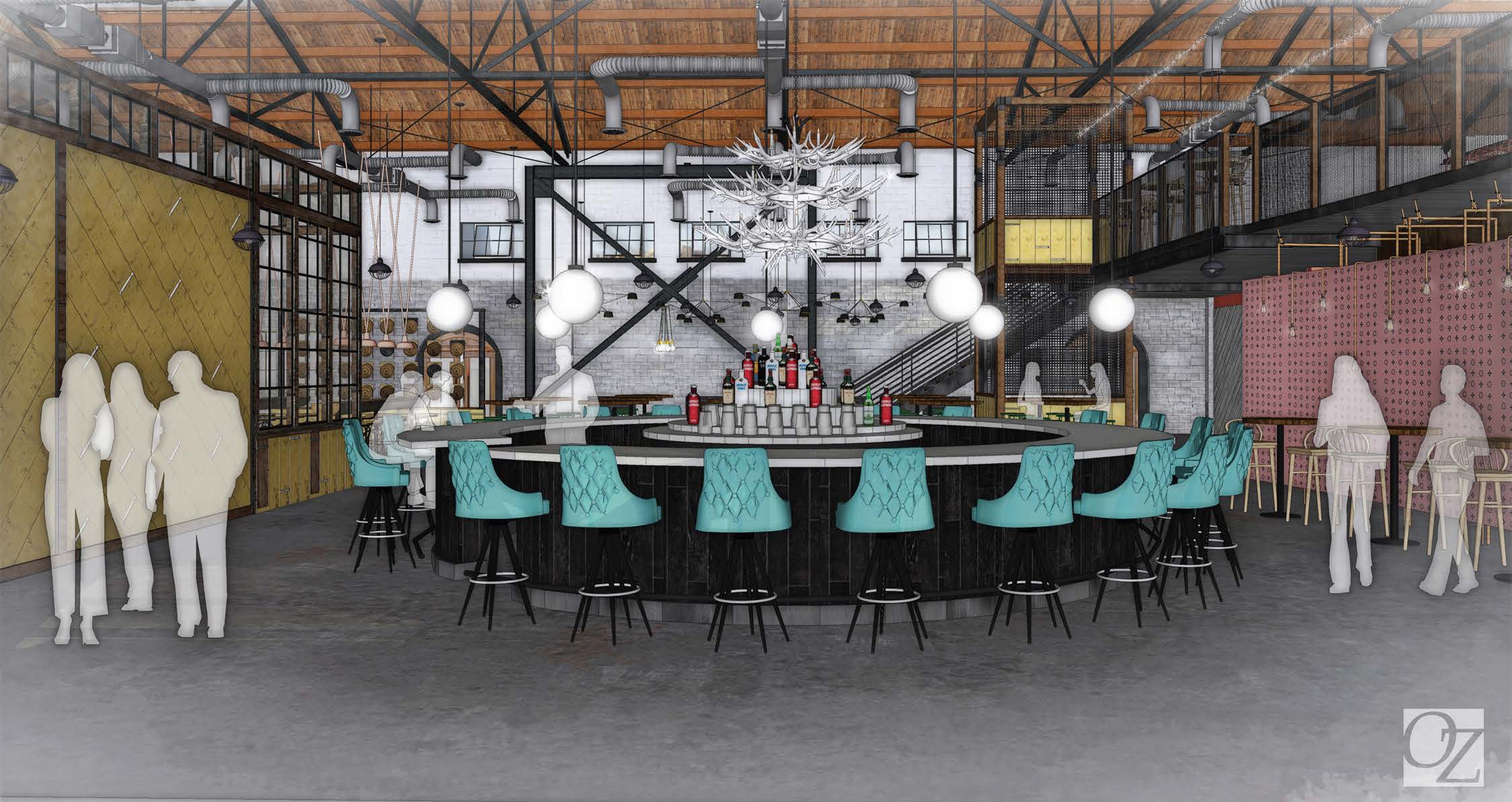
During the charrette, designers will learn, understand and create. Perhaps it’s an old boxing coliseum with mobster ties, as in the case of the Punch Bowl Social San Diego, or maybe it’s a former loading dock that served as the hub of city commerce as the Cleveland location. And for the designers, in addition to immersing the signature elements into the local history, the charrette offers insight into the practical matters of floorplans, availability of utilities, existing materials and the idiosyncrasies of each city. It is a fully immersive, time-intensive effort resulting in immeasurable dividends.
Successfully incorporating those differing local characteristics with common brand elements into signature spaces c many forms. To illustrate a few of the PBS features, each location has a 360-degree bar, holiday lodge and karaoke rooms, but each bar integrates the location’s unique character. For example, Detroit emphasizes chrome to reflect the Motor City moniker, and Cleveland’s emphasizes its dockyard history by using shipping pallets as light fixtures.
Only through the intensive and essential charrette process can restaurant design be authentic and successful.
Trust is at the Core
In addition to a rock-solid brand adherence and conducting a charrette at each site, the third essential component of successfully designing a unique but repeat concept restaurant is trust.
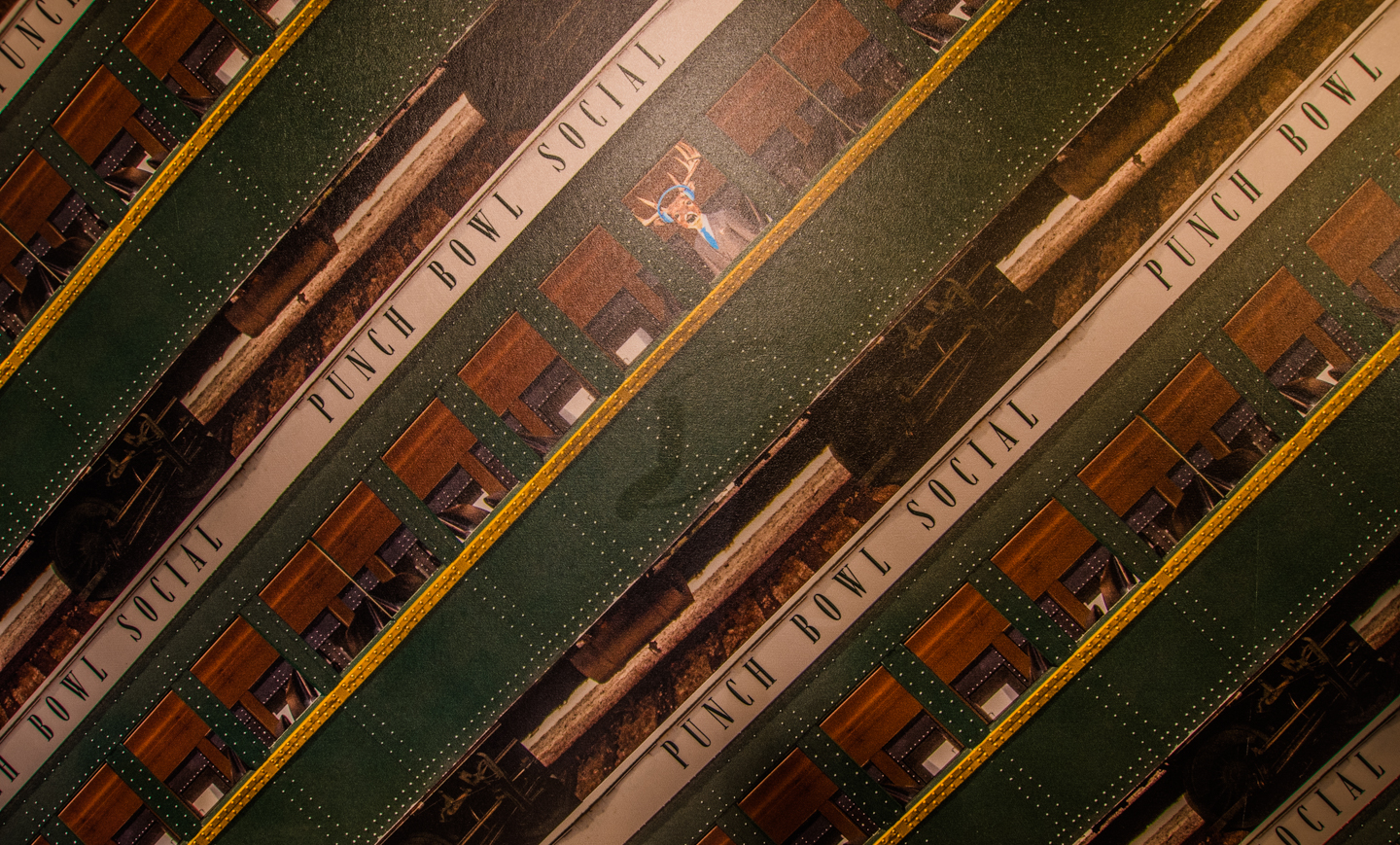
Designers may push the restaurant to incorporate an unexpected element, which may be unsettling or unusual, while still integrating the essential brand components. For instance, a custom-designed wallpaper with small details that expresses a brand element may be a time-intensive design feature, but the reward in having the customer discover this hidden gem will delight a customer and will keep them coming back. Designers must trust that their restaurant owner understands how deeply important the design itself is to the overall dining experience.
Conversely, restaurant owners must trust that their designers have the deep-rooted knowledge of restaurant operations — such as design, traffic flow, appropriate lighting design, HVAC systems for patron comfort, serving stations and many of the utilitarian realities of serving food to thousands of people per night.
That trust and collaboration of balancing design with functionality must be at the core of a successful restaurant design relationship whether it’s one concept or 10.
Three Essential Elements
Punch Bowl Social is an example of a restaurant concept that has broken the mold with its various locations while still retaining its soul and its core identity. It is able to do so by adhering to three essential values: rigorous brand identity, in-depth charrettes and mutual trust between designer and owner. Designers and restaurant owners can use the best practices forged by Thompson and his team to successfully roll out multiple locations without falling into the chain concept trap.


